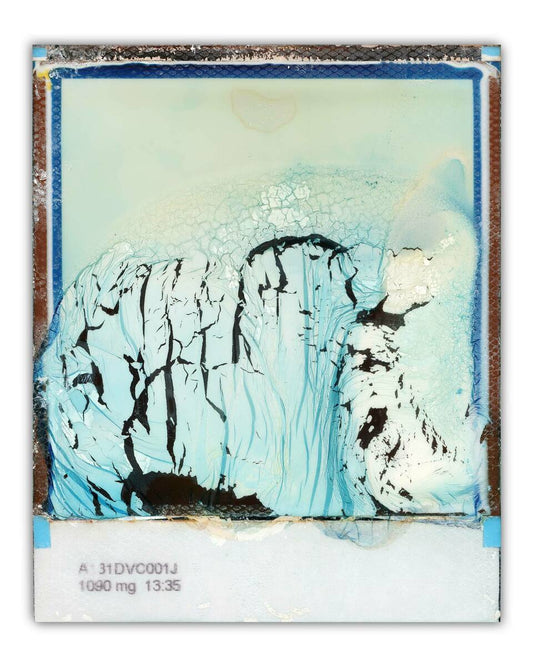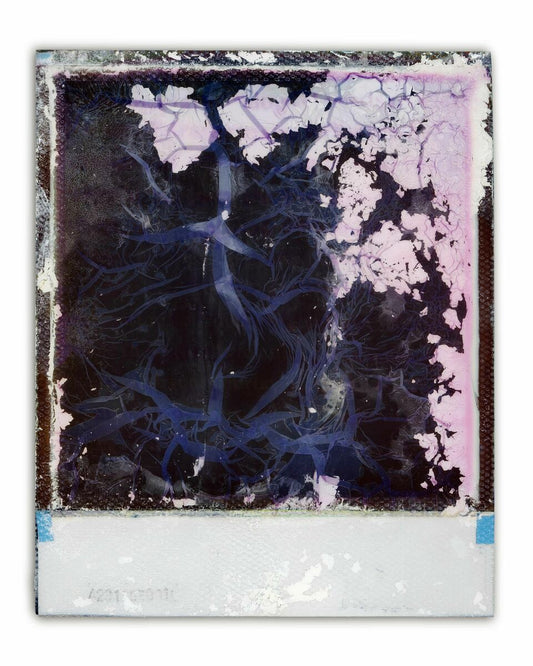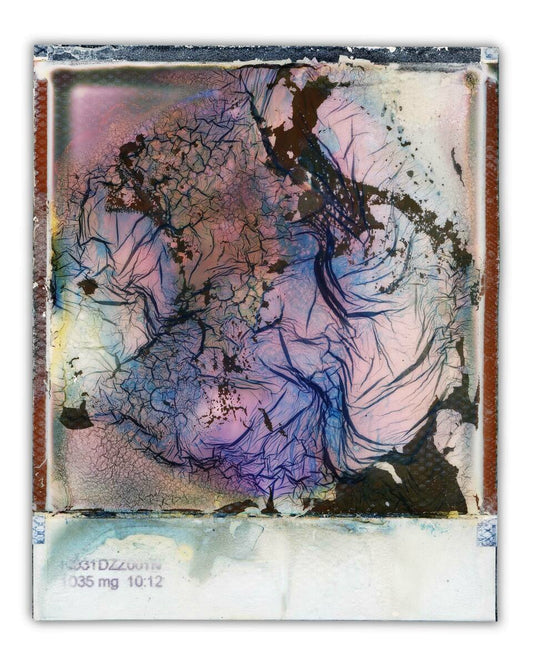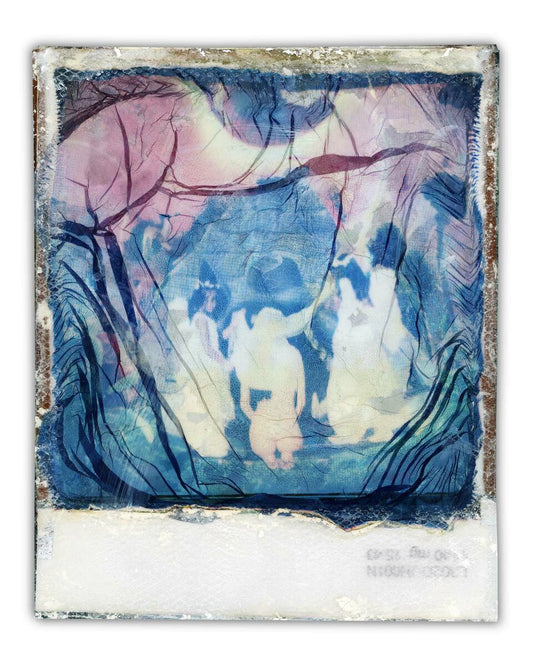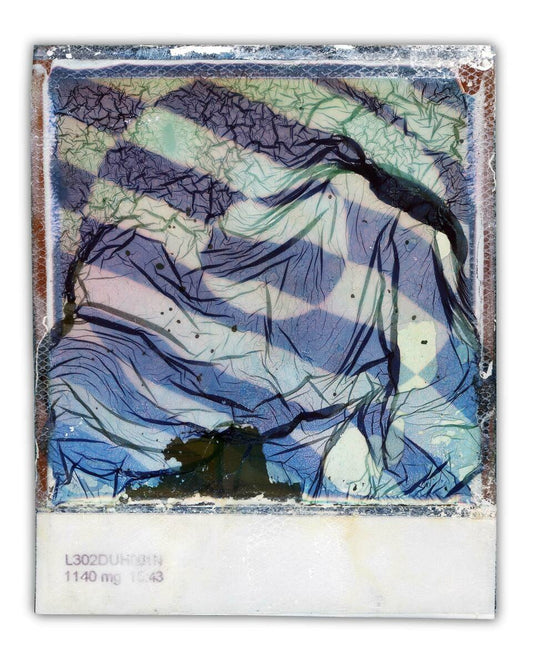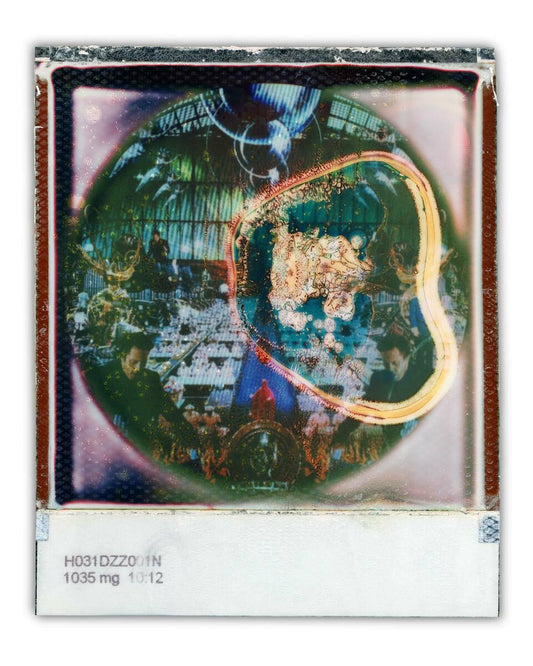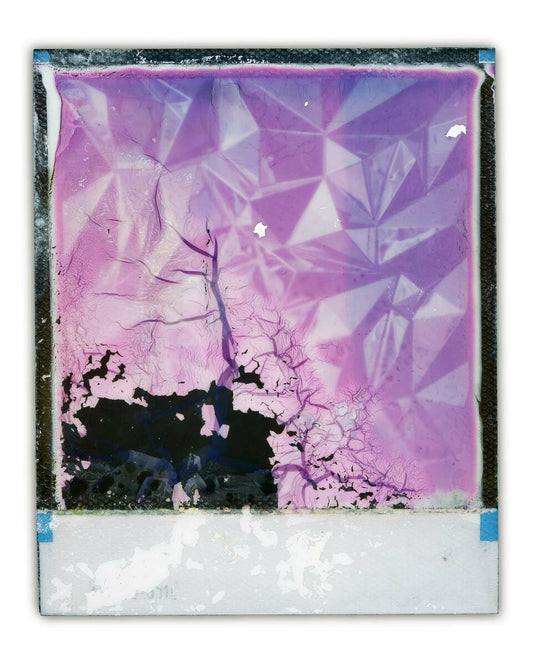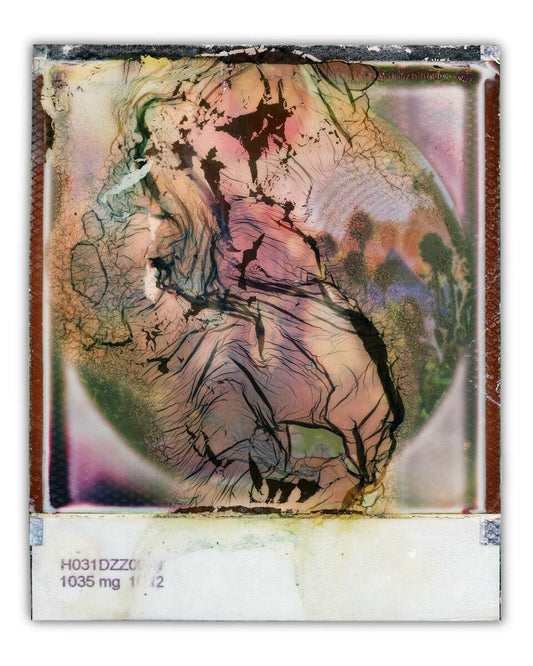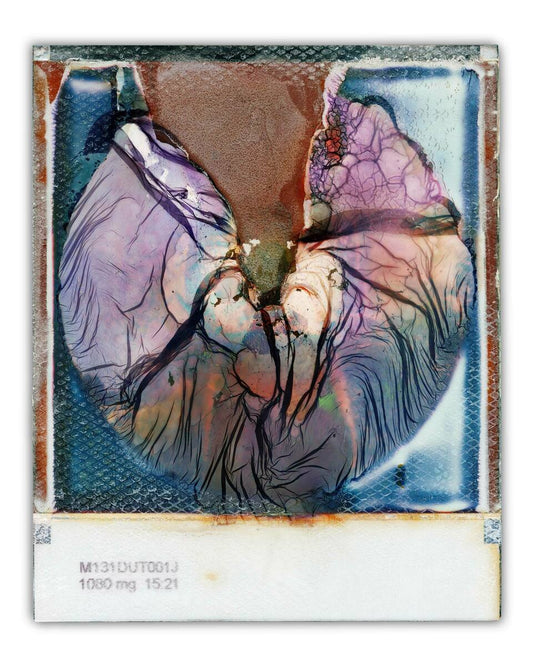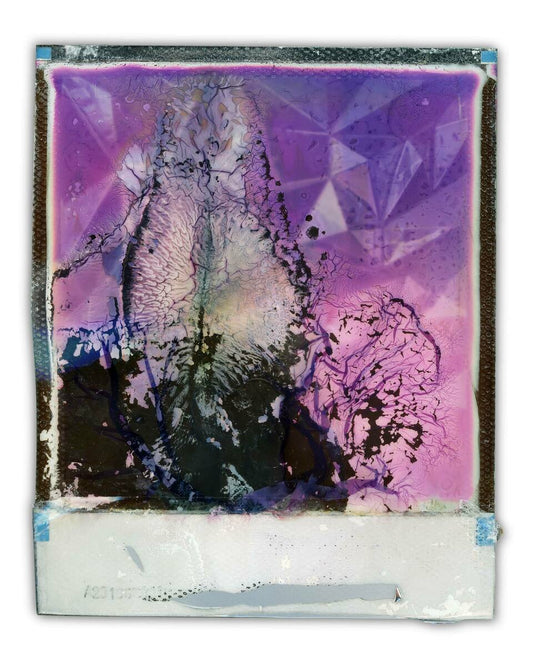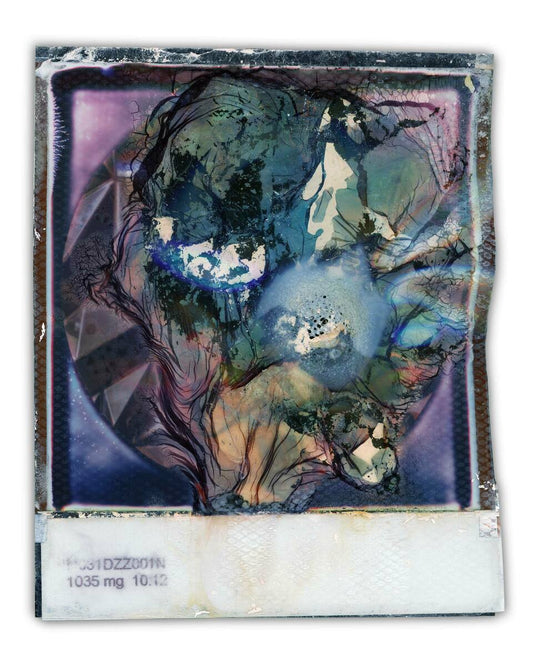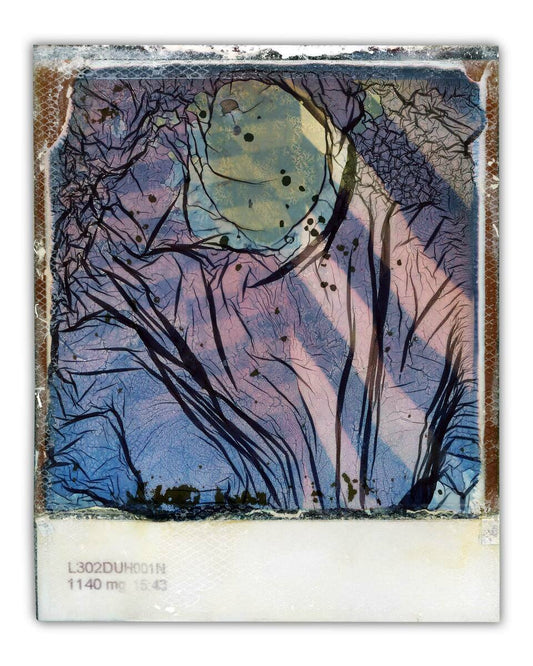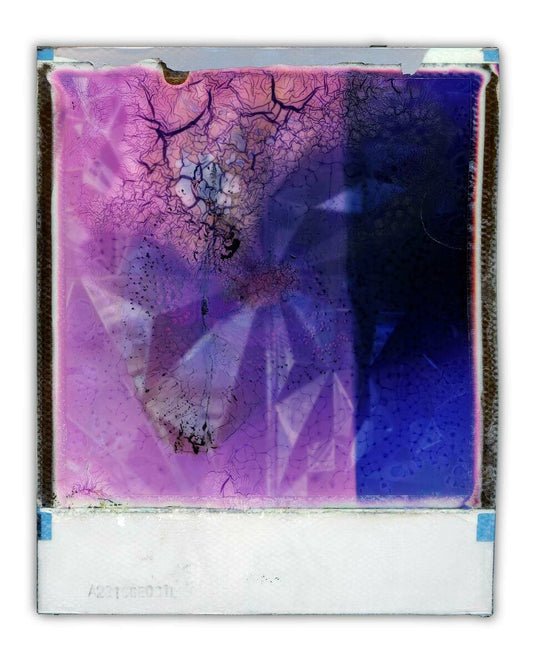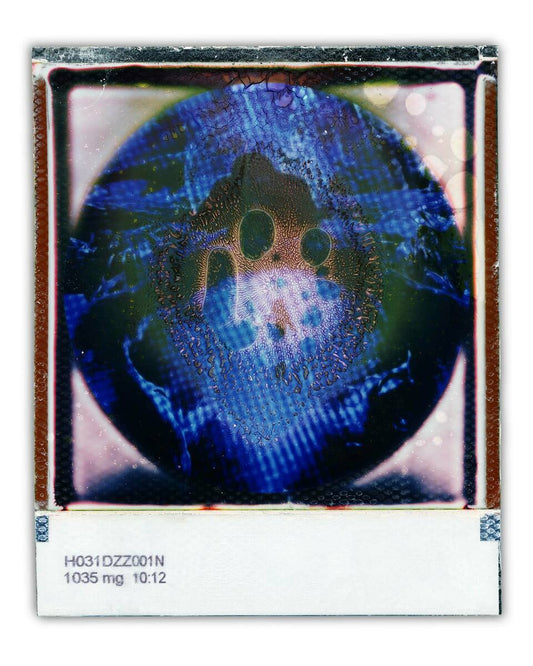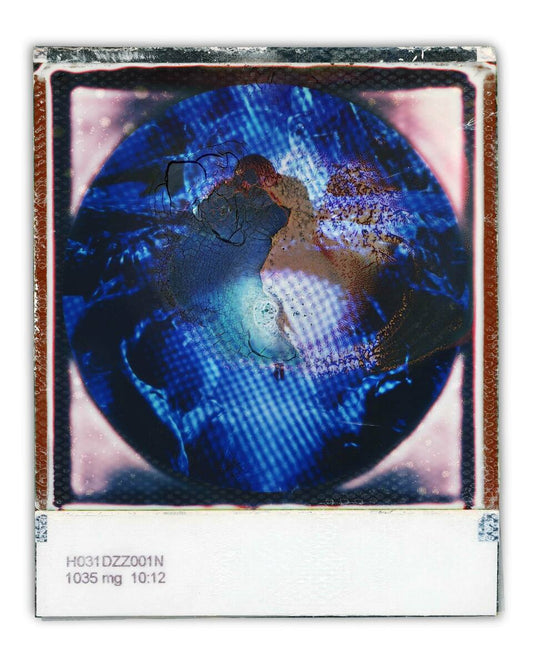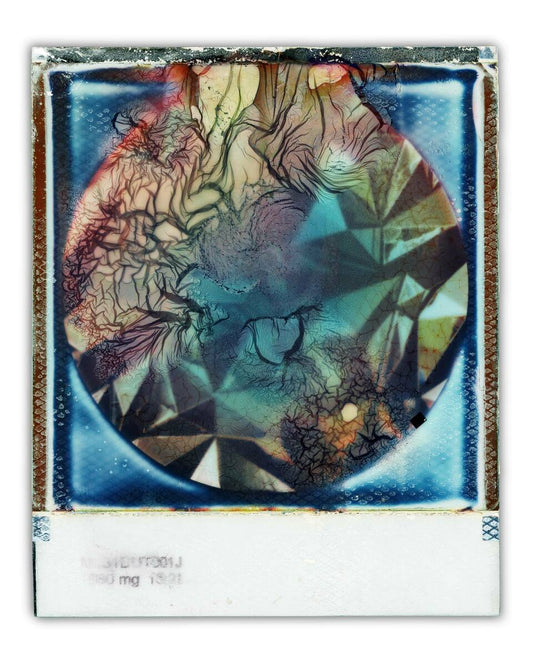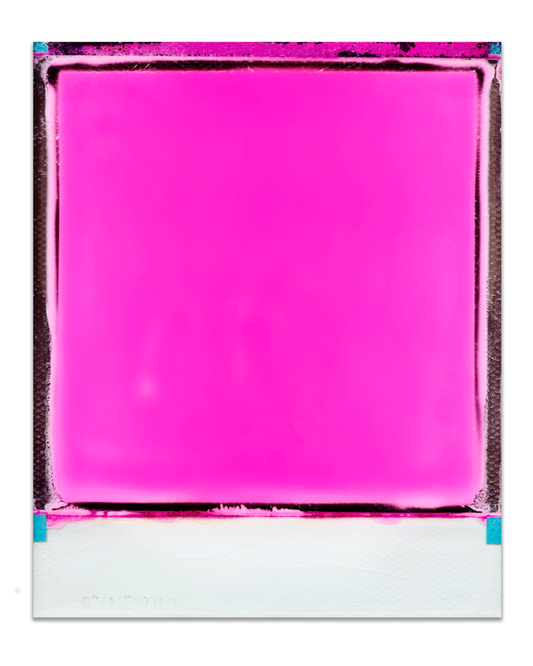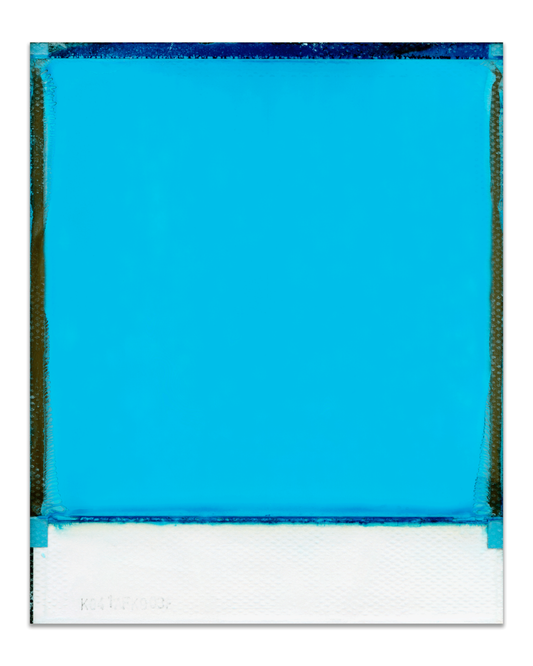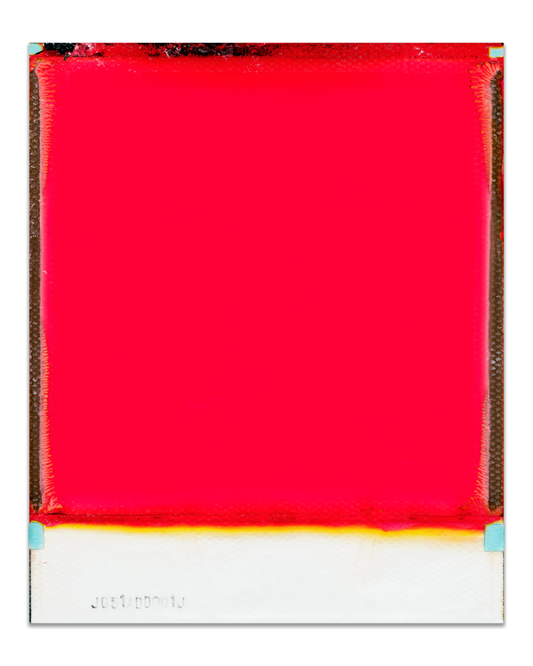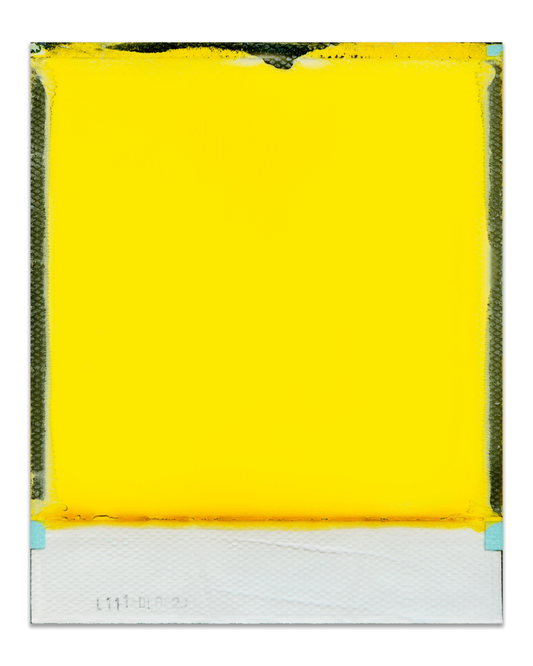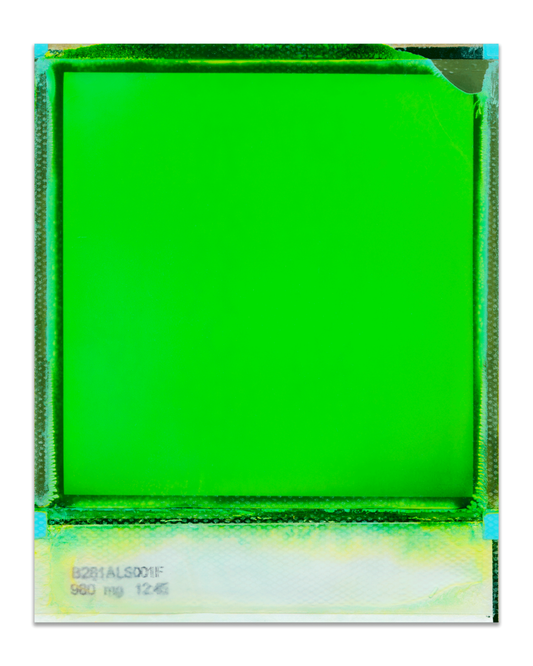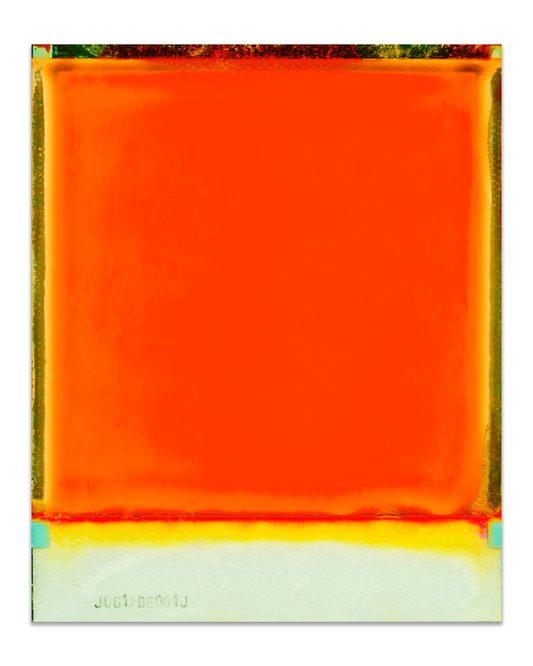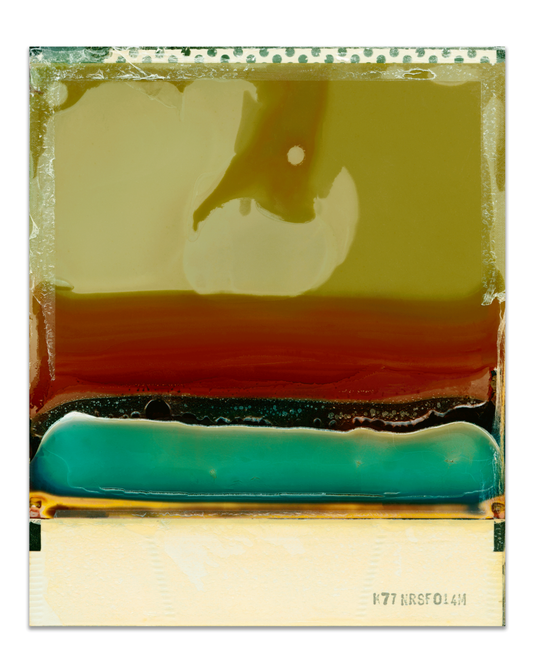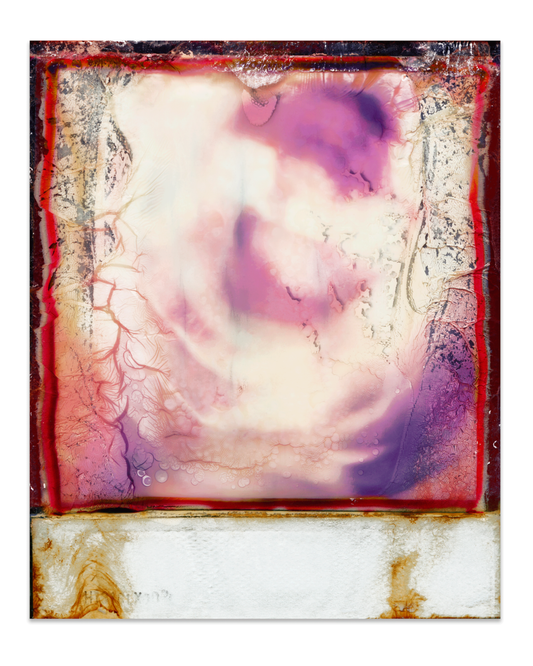Charles Bishop is an Internationally award winning film and television creator/writer/producer, his career has been primarily focused on socially relevant content and despite his successful film/tv career his first love has always been photography.
Charles attended the Nova Scotia College of Art and Design and the Canadian Film Center. His photographs have been shown in galleries in Los Angeles and Halifax.
"Instant film has always been about play; the medium itself is inherently playful for many reasons, not least of which is its spontaneity. The mere fact that the image is spat out immediately makes the process sociable and fun. These images are shot on a variety of (mostly) expired film using old and unreliable Polaroid cameras. The small polaroid images are then ‘cooked’ and re-printed on large format paper so the viewer can experience all the hidden details of the original, small format. Not always recognizable, most of the images are of sea, sky or other elements from nature. Each photograph is an experiment in image engineering through cold, heat, light and physical manipulation of the inks in the photo. In addition, the old cameras often leak light or have mechanical issues that affects the way the inks spread on the image. Even in their abstract form, each image attempts to connect the viewer to the ‘real’ world, reminding them that they are indeed looking at a photograph. Keeping with the playful nature of the medium, the intent is to pull the viewer in and create a dialogue with the work… asking the question: when you look closely what do you see?" Charles Bishop
Charles attended the Nova Scotia College of Art and Design and the Canadian Film Center. His photographs have been shown in galleries in Los Angeles and Halifax.
"Instant film has always been about play; the medium itself is inherently playful for many reasons, not least of which is its spontaneity. The mere fact that the image is spat out immediately makes the process sociable and fun. These images are shot on a variety of (mostly) expired film using old and unreliable Polaroid cameras. The small polaroid images are then ‘cooked’ and re-printed on large format paper so the viewer can experience all the hidden details of the original, small format. Not always recognizable, most of the images are of sea, sky or other elements from nature. Each photograph is an experiment in image engineering through cold, heat, light and physical manipulation of the inks in the photo. In addition, the old cameras often leak light or have mechanical issues that affects the way the inks spread on the image. Even in their abstract form, each image attempts to connect the viewer to the ‘real’ world, reminding them that they are indeed looking at a photograph. Keeping with the playful nature of the medium, the intent is to pull the viewer in and create a dialogue with the work… asking the question: when you look closely what do you see?" Charles Bishop
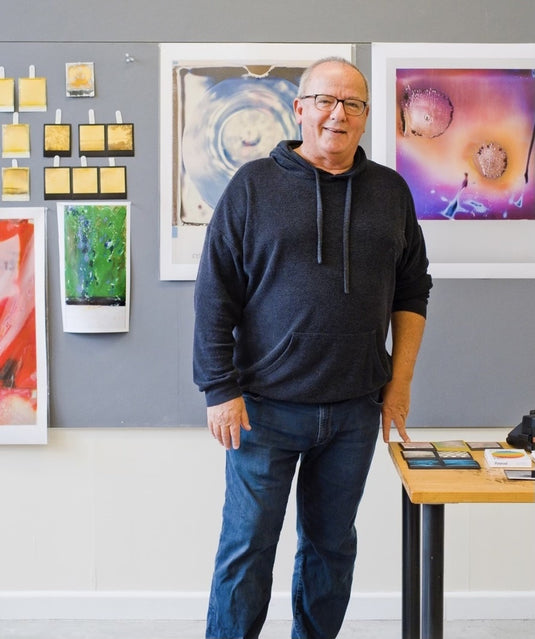 Charles Bishop
Charles Bishop
